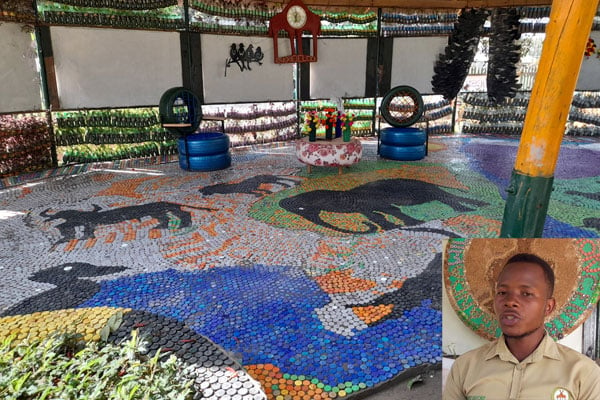Waste management: Let’s reduce, re-use and recycle

Waste management
What you need to know:
The challenge of increasing tonnes of waste has given way to a diversity of options of overcoming the problem of poor waste management
Uganda’s urbanisation is reportedly said to be growing at 51 percent per year. This has adversely influenced the emergence of slums, informal settlements, and overcrowding.
It’s worth noting that population outburst comes with an increase in the tones of wastes generated. Yet even in the light of this, the country’s waste management system is still lacking in its capacity to combat the problem at hand. There is indeed need to worry as population outburst is a threat to economic, social and the environment, and if not well dealt with could lead to both water and air pollution, congestion, and adverse health problems.
In Uganda, one to two thirds of waste generated is not collected. The uncollected waste is disposed of in the streets and directly or indirectly ends up in water drains, causes flooding and creates a breeding ground for rodent vectors which facilitate spread of diseases like cholera, among others.
In Kampala alone, it is estimated that 0.2 metric tonnes of waste is generated per person annually on average from a population of 3.7m ( 13.4% ) out of the total population ( Ntategize P. Munyoni, 2001). This implies that close to 740,000 metric tons of solid waste are generated at the lapse of every year from every one person, yet only 41 percent is safely collected and disposed of. The population has since increased, signalling a bigger problem.
The challenge of increasing tonnes of waste has given way to a diversity of options of overcoming the problem of poor waste management. Policy makers in deciding which option is better than the other, are confronted with the problem of not only deciding which is the best alternatives among so many, but also ascertaining whether the current practices are effective, or there is need to try newer means, and if there are better alternatives, are they in position to meet the economic needs for the implementation of the same ?
It seems to me that the solution starts by making people aware that while it’s their right to live in a clean and healthy environment, it’s their responsibility to ensure that the same is clean because at the end of the day the common man is the victim. It also starts by sensitizing and teaching them to change their lifestyle. A method that has proved to be effective in other countries around the globe is famously referred to as the Three “R” hierarchy of waste management.
The thinking that waste is of no use is being replaced by the belief that it can be of use; it can be Reduced, Reused and Recycled. Waste can also be a source of energy. The First “R” which standards for reduction is based on the reasoning that if waste generated can be reduced there will be less to manage as well. This can be done through Reduction in production and consumption. If one product can serve the purpose of two, why buy two?
On the other hand, the second “ R” stands for Reuse. Products that have outlived their original use can be reused for other purposes. A common example is containers that are being turned into kiosks.
The last “R” stands for recycle. For example, plastic bottles can be recycled and made usable again.
Instead of sitting down and waiting for something to happen, I think the solution to poor waste management starts with us.
Noel Francis Elianu, Lawyer and Environmentalist




